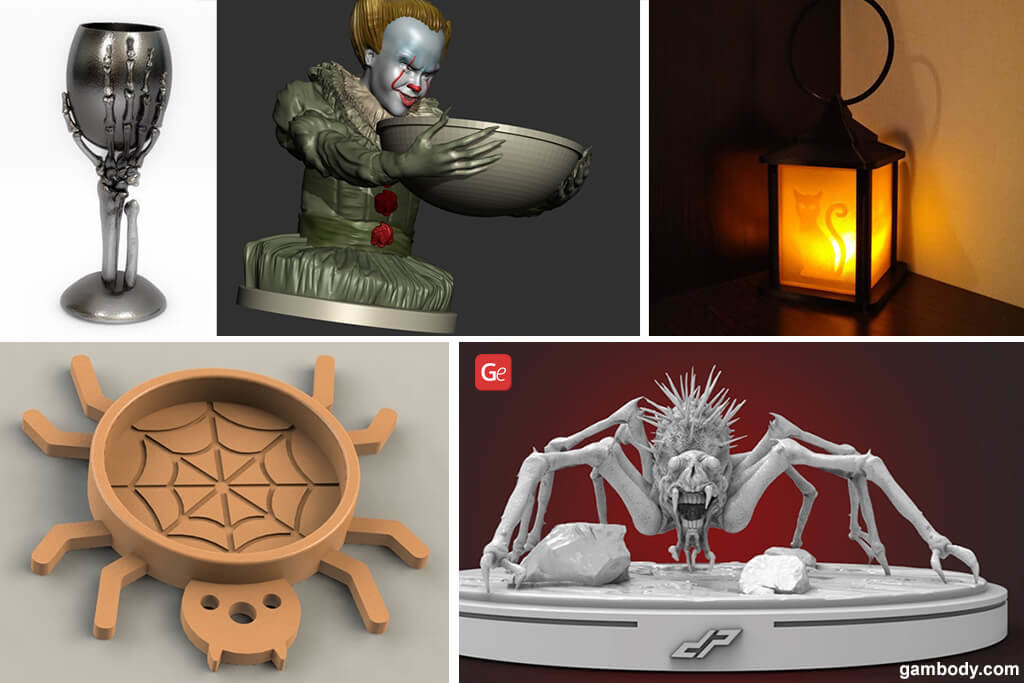

There are plenty of tutorials online that will make the design process easier, but it’s up to you how involved with your design you want to be. This does exactly what it sounds like - scans an existing 3D object and turns it into a CAD file for you. Other programs, including Blender and, allow for more refined control over your model, but you trade more power for more complexity.Īlternatively, you could look into using a 3D scanner. Remember, there’s still a long way for home 3D printing to develop, so it will get easier as the technology becomes more sophisticated! If it seems a little complex now, you should know that it gets easier every time you try it.īy Kholoudabdolqader (CC BY-SA 4.0 licence)īeginners should look to Tinkercad or SketchUp - both allow for guided modeling in order to make the process more accessible. The key to 3D printing for crafters is understanding the entire process and what is expected from you. Number #1 is the most common, and is now developed to the point where printers can extrude more than just thermoplastics: other composites, clay, concrete and even food are now accessible.

When they did, hobbyist and freelance computer crafters were among the first to take advantage of this new accessibility, but artists weren’t far behind. In 2006, the first of the patents surrounding 3D printers began to expire. What’s different, nowadays, is the accessibility of the 3D printer. The craft still permeates these industries today: hospitals, for example, are able to use 3D printing to manufacture new and improved prosthetics. This technology, established in the early 1980s, was previously confined to well-funded hospitals, car manufacturers, and aerospace engineers.
.png)
punch four holes in the bottom of the monster template.Punch, do it through the spider that is cut from the bottom, not the one that is cut from the top. Glue a piece of ribbon, string or thread onto the top (or hole punch a small hole and tie a ribbon through).Slide the pieces together, top to bottom.Cut on one of the dotted lines of each template piece (onlyĬut as far as the dotted line goes, not all the way through the piece).Glue together so the pieces are colored on both sides.Optional: Put thin cardboard in between the front and back of each template piece to make them a bit sturdier.Fold each piece in half (on the dashed line) so they are all colored on both the front and the back.Print template of choice and color as necessary.

something to color with (if using the B&W version),.This is a cute, simple paper craft that results in a 3D ornament you can hang around the room.


 0 kommentar(er)
0 kommentar(er)
